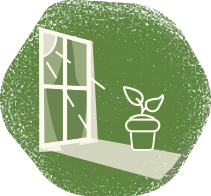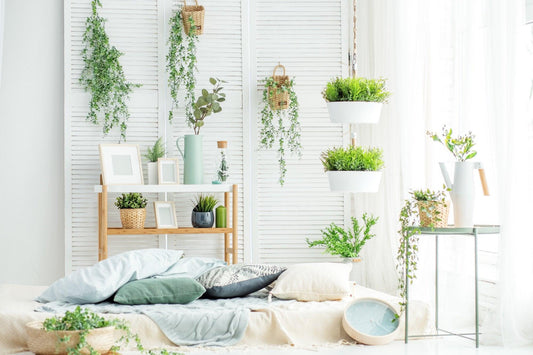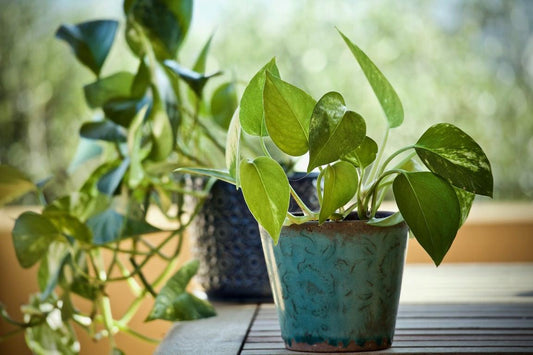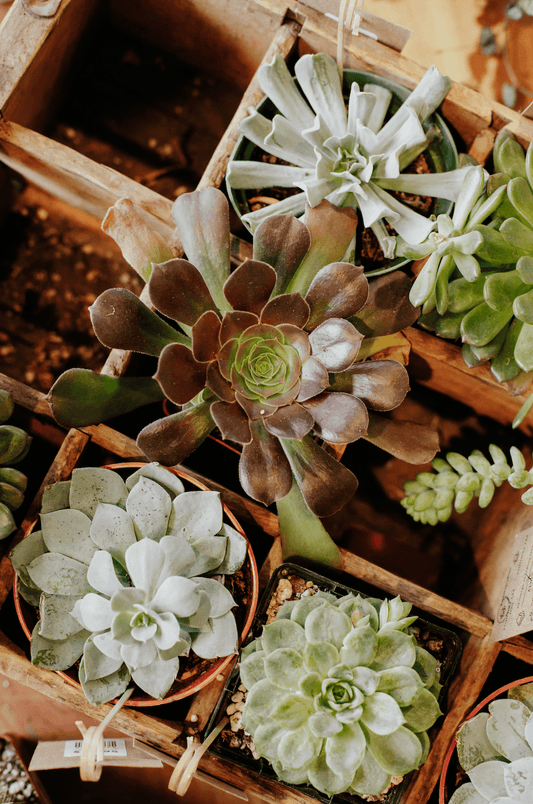Aralia
How to Care for the Aralia Plant
Overview
Famous for its long, narrow, serrated leaves, the Aralia has been a popular choice as a houseplant for more than a century now. Also in the Spikenard family, this plant has over 70 varieties that range from potted variants, to shrubs. Smaller Aralias are good for desks and tabletops, while larger ones—which can grow up to about 9 feet tall—qualify as good indoor trees. Because of their unique appearance, they look stunning grouped with other plants, adding character to any arrangement. They are easy to care for and tolerant to most growing environments.


Profile
Though Aralias can vary greatly in terms of appearance and size, their care guidelines are simple and similar. Novice gardeners will do just fine with such a plant as it is quite hardy and forgiving. Some of the most popular ones you can grow indoors are the Palapala Aralia, the Ming Aralia, the Parsley Aralia, and the Fernleaf Aralia. Most leaves start out light green, becoming more vibrant as the plant matures. When grown outdoors, some may grow clusters of tiny flowers, but it’s a rare occurrence if you raise your plant indoors.
To propagate, cut a healthy branch about 6 inches long from the parent plant. If this is a new branch, keep a few leaves at the top of the cutting, otherwise, remove all leaves prior to planting. Rooting will take a few weeks, relative to the variety. They are mildly toxic to both humans and animals, so best be careful when handling these plants, especially when pruning. Touching the leaves with your bare hands can cause skin irritation.




low light
The best and easiest way to make your Aralia happy is to mimic its native environment. These plants like bright, indirect light, with light shade. It’s fine to let it have a bit of morning sun, but never leave it in direct afternoon sunlight as this can result in leaf burn. With regard to soil, it’s not too picky when it comes to the type of blend, but adequate drainage is a must.

occasional
What’s crucial to your Aralia’s overall health are temperature and humidity levels. Establish a baseline of around 65*F, increasing up to 85°F for faster growth. Anything below 60°F may harm it, causing its leaves to stop. Mist regularly to keep humidity levels up. Use filtered water to hydrate when the top 85% of the soil is dry.

easy breezy
They do alright being slightly pot-bound, so repot annually, or every other year. If you wish to keep your plant on the smaller side, repot less often, and do so in a pot up to two inches larger than the previous one.
FREQUENTLY ASKED QUESTIONS (FAQs)
on ARALIA
Should I avoid moving my Aralia plant?
Some houseplants don’t like change, and the Aralia is one of the more temperamental ones. As much as possible, avoid moving your Aralia around. It is easily stressed, and stress = leaf drops. If you must, do so carefully and gradually.
Why are my Aralia leaves turning yellow?
Aralias' leaves turning yellow is caused by a lack of chlorophyll. This is due to inadequate soil drainage, damaged or compacted roots, and even alkaline soil or nutrient deficiencies. Consider getting a good pot with enough holes so water can drain thoroughly, so that roots wouldn't rot.




